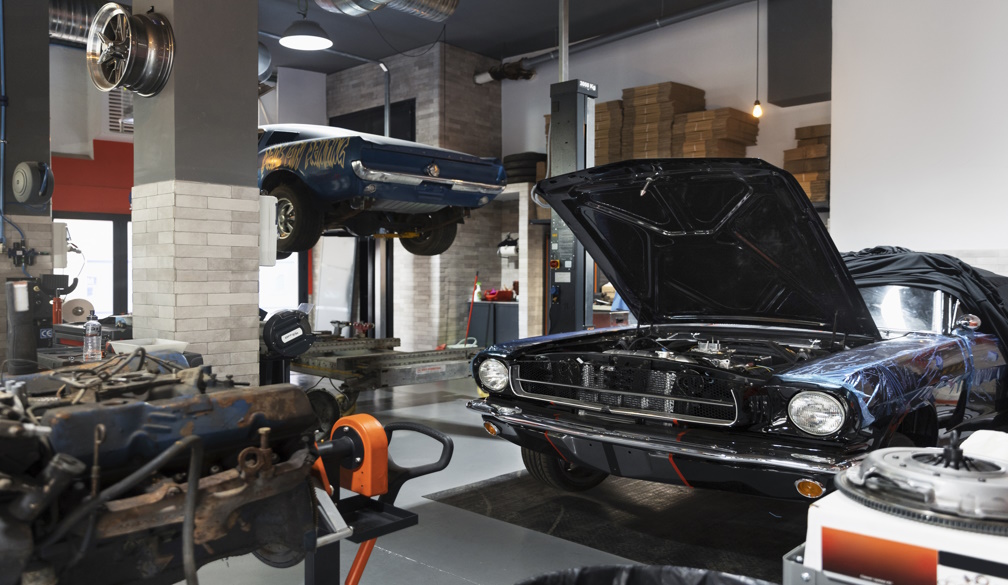Do those viral '36 questions' actually lead to finding love?
- Written by Gery Karantzas, Associate professor in Social Psychology / Relationship Science, Deakin University

The “36 questions of love” have taken the dating world by storm.
First published in 1997 as part of scientific research into relationships, the 36 questions of love gained global popularity through Mandy Len Catron’s viral 2015 New York Times essay “To Fall in Love With Anyone, Do This”.
In that essay, she outlines how she used the 36 questions with a university acquaintance on a casual night out. The result was the two fell in love, not dissimilar to two research participants who took part in the study back in 1997.
In the publishing of that essay, a phenomenon was born. Social media, dating websites, dating coaches and bloggers were posting, writing or discussing the 36 questions of love – often framing these questions as a surefire method to find love – backed by science.
As people attempted the 36 questions of love during dates, it became clear the 36 questions typically did not result in people falling in love.
Read more: Have you found 'the one'? How mindsets about destiny affect our romantic relationships
What are the 36 questions?
The 36 questions are three sets of 12 questions. Each set is designed to increase the amount of information a person discloses about themselves to a stranger.
Not only does each set of questions increase the amount each person must disclose, but within each set, the questions increase the level of disclosure as they progress.
For example, one question in the first set includes “For what in your life do you feel most grateful?” The second set includes questions such as “What is your most treasured memory?”
The final set, which requires the greatest disclosure, includes questions such as “When did you last cry in front of another person? By yourself?”.
Are the 36 questions a scientific hoax?
To answer this, one needs to go back to the original paper published by well-known relationships researcher Arthur Aron and colleagues.
The research aim was to determine if progressively increasing disclosure increases closeness between two strangers. The research was not designed to test whether the questions lead to love.
Across three studies, Aron and colleagues found support for the idea that a gradual increase in disclosure between strangers is related to an increase in closeness immediately after the experiment.
The original research never measured whether people developed feelings of love directly after the experiment or in the future. However, the final study did a brief follow-up with most matched pairs of participants.
Read more: What is love?
Seven weeks after participating in the study, it was found 57% of the matched pairs had a follow-up conversation, 35% did something together (no more details were provided), and 37% went on to sit together in class. But again, none of these findings have anything to do with people finding love and going on to have a long-term relationship.
If indeed the 36 questions helped Mandy Len Canton find love, that is a positive thing. However, for the dating world to generalise about the love-generating properties of the 36 questions on the basis of one popularised case speaks to how pop culture can heavily misconstrue science.
What does actually lead to love?
Those of us who study how people fall in love and what makes for a lasting relationship know there are many ingredients that go into making a relationship work.
Some of these include:
the importance people place on what they want in the ideal partner
people’s similarities and differences
people’s history of past relationships
styles of dealing with conflict
ability to support and respond to a partner in stressful times
the alignment of partners’ beliefs, values and goals
each person’s level of commitment and the ability to regulate emotions
(and these are just some of the factors).
Read more: There are six styles of love. Which one best describes you?
What should we take away from the 36 questions?
The point of the research conducted by Aron and his colleagues is self-disclosure and enhancing closeness are two factors that matter within the larger scheme of factors.
The other important point is the 36 questions provide a structured way to engage in self-disclosure.
Research has shown relationships can falter when people disclose too much about themselves early on in the dating process.
When people do not know each other well, it can be overwhelming for a person to hear very intimate and personal details about another. They may not know how to respond to the disclosure, or feel uncomfortable themselves. This can result in the person who disclosed coming away from the interaction feeling invalidated and vulnerable.
On the other hand, when a person feels their partner responds to their disclosures and vulnerabilities, relationship intimacy is enhanced.
But it is a high bar to set early in a relationship to expect a partner to respond appropriately to another who discloses highly personal information about oneself. Generally speaking, over-disclosure in the early stages of relationships can be problematic, especially for those who are anxious about their relationships.
So taking a gradual and measured approach to self-disclosure and ensuring each partner has the opportunity to disclose at a comfortable pace is very important.
The 36 questions are unlikely to be a “surefire” way to find love, but they can help people understand the importance of taking a gradual approach to self-disclosure. Finding love doesn’t have to be a race.
Authors: Gery Karantzas, Associate professor in Social Psychology / Relationship Science, Deakin University
Read more https://theconversation.com/do-those-viral-36-questions-actually-lead-to-finding-love-176984



















